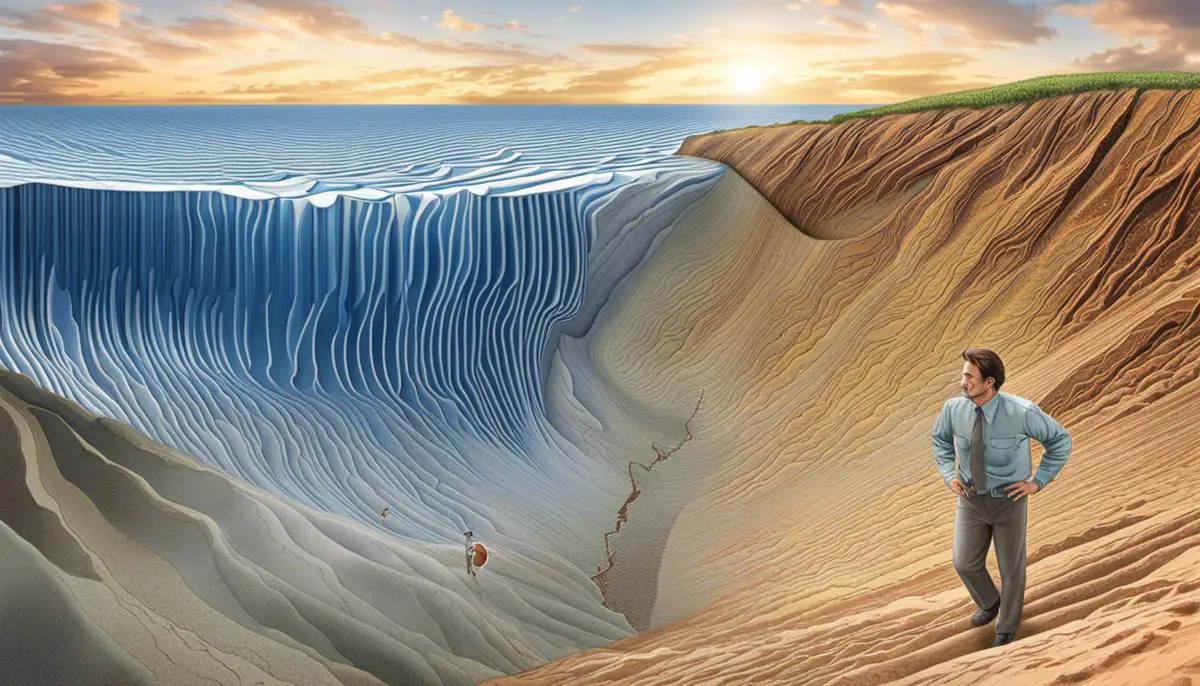The mind-boggling complexity and grandeur of our planet stretch well beyond our landscapes and atmospheric skies. Deep within the Earth, ensconced beneath the familiar crust, resides a layer of profound significance – the Mohorovičić discontinuity or the Moho. Thousands of kilometers underneath our feet, it silently dictates the movement of tectonic plates, the occurrence of earthquakes, and even impacts Earth’s magnetic field. Our understanding of this layer, its discovery by Croatian seismologist Andrija Mohorovičić, and its role in Earth’s geological architecture forms the crux of this insightful discussion.
Explaining the Concept and Discovery of the Moho Earth Layer
What is the Mohorovičić Discontinuity?
The Mohorovičić Discontinuity, also known as the Moho, is the boundary separating the Earth’s crust from the mantle. Named after the Croatian seismologist Andrija Mohorovičić who discovered it, the Moho represents a sharp, sudden increase in seismic wave velocity, indicating a change in the composition of Earth’s layers.
Andrija Mohorovičić and his Discovery
In 1909, Andrija Mohorovičić, while studying the seismic data from a 1909 earthquake near his city of Zagreb, noticed that seismic waves sped up abruptly at certain depths, around 50 kilometers in continental regions and approximately 10 kilometers under the ocean floor. This change in the speed of the seismic waves indicated a transition between two different types of materials. After deeper analysis and interpretation of the seismic data, he concluded that there must be a boundary layer separating the Earth’s crust from the underlying mantle. Mohorovičić first presented his findings in his paper published in the Yearbook of the Meteorological Observatory in Zagreb the same year.
Seismic Activity’s Role in the Discovery
The role of seismic waves in the discovery of the Moho is fundamental. Seismic waves, generated by earthquakes, travel through the Earth at speeds determined by the type and density of the material they pass through. When these waves reach a boundary where the nature of the ground changes – for example, from the solid, rocky crust to the hotter, denser mantle – they speed up, refract, or reflect depending on the characteristics of that boundary. This change in behavior led Mohorovičić to the conclusion that such a boundary must exist, and his careful study of the speeds of the seismic waves laid the foundation for the discovery of the Moho.
Comprehending the Moho Discontinuity
The Mohorovičić discontinuity, commonly known as the Moho, serves as a significant internal boundary within the Earth. This boundary is particularly notable due to the change in rock properties on either side of it. The rocks found above the Moho, in the Earth’s crust, akin to granite and basalt, are cooler and less dense. In contrast, the rocks below the Moho, in the mantle, resemble peridotites. The Moho disparity between the composition and density of the Earth’s crust and mantle has profound implications for understanding the Earth’s internal structure. It plays a pivotal role in tectonic plate movement, volcanic activity generation, and geological evolution over the billions of years of Earth’s existence.
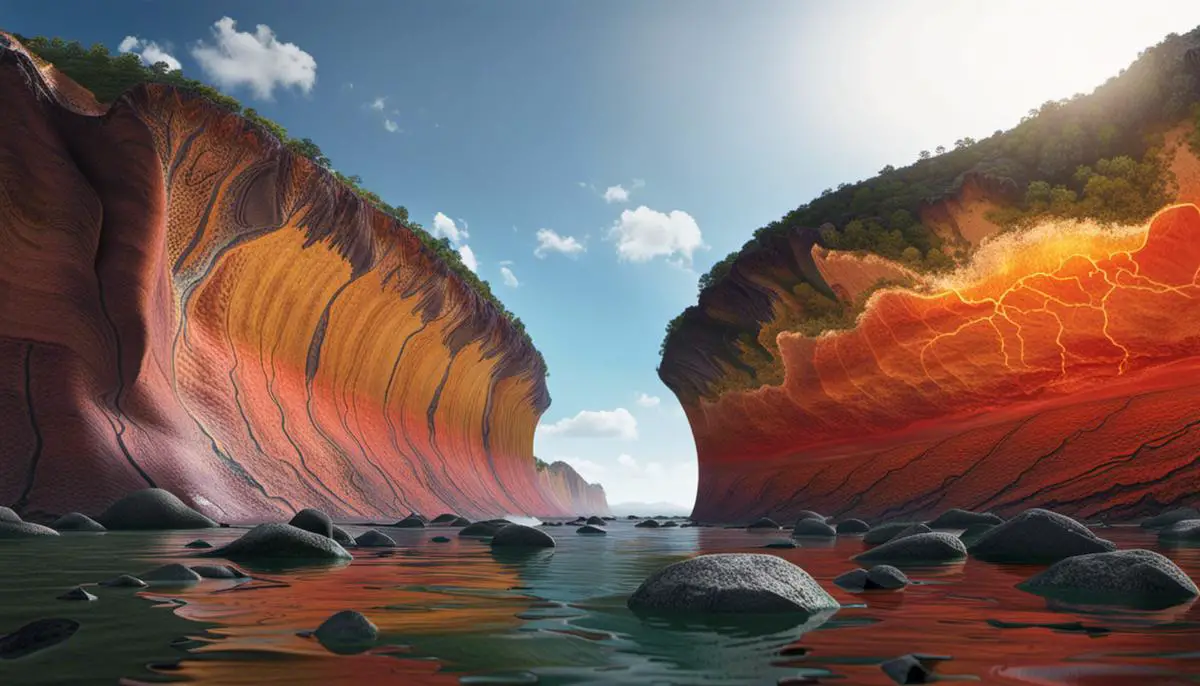
Analyzing the Role of Moho in Earth’s Structure
Elucidating the Moho
The Moho, or Mohorovičić discontinuity, is the defined boundary separating the Earth’s crust and mantle. It was named after its discoverer, the Croatian seismologist Andrija Mohorovičić, who made this groundbreaking finding in 1909. From place to place, the depth of the Moho varies; it is found approximately 7 kilometers beneath the oceanic crust and ranges between 25 to 60 kilometers beneath the continental crust. In mountainous regions, its depth can extend up to 70 kilometers. A significant characteristic of the Moho is the noticeable seismic velocity contrast. That is, seismic P-waves travel at speeds of roughly 7.9 km per second below the Moho, which is substantially faster compared to the speed within the crust.
Importance to Earth’s Geological Structure
The Moho plays a crucial role in Earth’s geology due to its impact on understanding the Earth’s internal structure and processes. Its discovery provided the first yardstick of depth within the Earth, creating a quantitative way for scientists to understand the composition and behavior of the Earth’s interior. Its varying depth provides insight into the processes that form and shape the Earth’s crust–a shallower Moho tends to indicate thinner and typically younger crust, while a deeper Moho suggests thicker and generally older crust.
Role in Geodynamics and Plate Tectonics
In terms of geodynamics, the Moho helps scientists understand the distribution and movement of heat and mechanical energy within the Earth’s system. It is also related to the Earth’s plate tectonics, as the seismic data from the Moho can reveal the processes of plate creation, movement, and recycling, adding further understanding of the earth’s geological past. It is also vital in measuring isostasy, the state of gravitational equilibrium between Earth’s crust and mantle; this has major implications on understanding the natural phenomena such as mountain building and sea-level changes.
An Introduction to the Moho Layer
Our comprehension of the Mohorovičić discontinuity, or the Moho, is primarily based on seismic data. There have also been proposals to undertake drilling projects to physically reach this layer for direct examination and firsthand study. Even though these endeavors haven’t been successful yet in reaching the Moho, the sheer ambition of these scientific efforts emphasizes the importance of the Moho in our overall understanding of Earth’s structure.
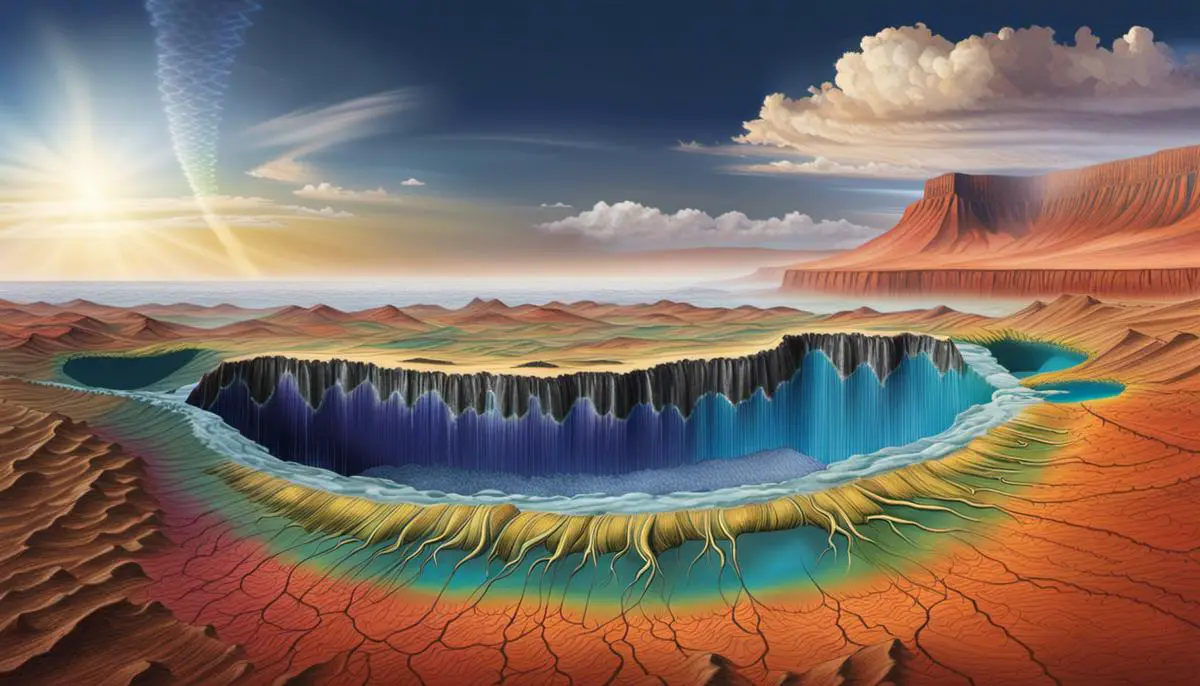
Understanding its Physical Features and Dimension
The Depth and Composition of the Moho
Situated underneath the Earth’s crust, the Moho layer varies in depth. On an average, it is located about 35 kilometers beneath continents but can extend to a depth of 60 kilometers in hilly regions. Conversely, beneath the oceanic crust, the Moho is typically shallower, situated approximately 5 to 10 kilometers below the ocean floor. This noticeable difference in depth between continents and oceans is predominantly due to the distinction in thickness and composition of these different crustal forms.
Physical Characteristics of the Moho
One of the distinguished characteristics of the Moho is its density contrast, which marks the boundary between the Earth’s crust and the underlying mantle. This boundary is not constant but notably changes in response to the dynamic processes of the Earth such as plate tectonics and thermal cooling, among others.
The constituents of the Moho are rather complex. It is composed of dense rocks predominantly of basalt and gabbro in oceanic regions, while continental areas feature a blend of quartz and feldspar-rich rocks like granite, which are lighter. The material on either side of the Moho boundary — the crust and the mantle — differ significantly, both physically and chemically. The mantle material beneath the Moho is peridotite, a rock denser and richer in magnesium and iron than the crustal rocks above.
The Moho’s State
Despite the heat and pressure, the material that makes up the Moho is not molten. Instead, it’s predominantly in a solid state but behaves plastically over geological time. The pressure and temperature conditions lead to partial melting at the Moho’s depth, a process that contributes to the differentiation in seismic wave speeds, which initially led to the discovery of the Moho.
The seismic waves generated through earthquakes enabled seismologists to identify the presence of the Moho. When these waves hit the discontinuity of Moho, their speed dramatically increases as they enter the denser mantle material. This change propelled the detection of the Moho, allowing us further understanding of this vital structural layer of our planet.
Unveiling the Importance of the Moho Layer
The Mohorovičić discontinuity, known as the Moho, carries significant import in the earth’s dynamic system. It critically impacts mantle convection, acting as the main propulsion for plate tectonics. Additionally, the Moho mediates thermal regulation for the planet, considering its strategic position between the warmer mantle and the comparatively cold crust. The intriguing nature of the Moho continues to inspire intense study as scientists strive to uncover the mysteries of the planet’s geological processes and extensive history.

Analyzing the Studies & Explorations Related to Moho
A Journey to the Depths: The Pioneer Moho Exploration
In the early 1960s, ambitions were high to penetrate the Earth’s crust and decipher the enigmatic Moho, resulting in the launch of Project Mohole. Although renowned for its audacious and trailblazing spirit, this groundbreaking deep-sea endeavor was regrettably shelved due to mounting financial burdens and political obstacles in 1966. Despite its premature termination, Project Mohole set a significant precedent, effectively paving the way for future deep-sea drilling expeditions.
Chikyu Hakken: A Monumental Earth-Drilling Project
Almost five decades later, the Integrated Ocean Drilling Program, with their vessel Chikyu, embarked on a mission to drill through to the Moho layer from the seafloor in the Pacific Ocean. Although slow progress in deep-ocean drilling technologies led to the project’s discontinuation, the mission nonetheless provided valuable insights into the Moho layer, particularly its seismic properties.
Advancements in Scientific Drilling Techniques
Over the years, scientific drilling advancements have played a significant role in our quest to reach the Moho layer. These advancements have allowed explorations in sensitive and high-pressure environments. However, drilling down to the Moho layer is still fraught with challenges, owing to the high-pressure and high-temperature encountered at such depths.
Challenges in Exploring the Moho Layer
The deep drilling projects aimed at the Moho layer have revealed the formidable challenges of deep Earth exploration. The extreme heat, high pressure, and technical difficulties associated with drilling to such depths present daunting obstacles. Moreover, the instability of the drill holes over a prolonged period of time and the corrosive effects of ocean water on the drilling equipment amplify the difficulties.
Significance of Moho Exploration
Despite these difficulties, each investigation has brought us closer to the stark reality of Earth’s core. The studies and explorations related to the Moho layer have enriched our knowledge about seismic activity and Earth’s crustal structure. The findings could carry significant implications for understanding volcanic activity, earthquake mechanisms, and the overall composition of the Earth.
Moho Exploration: A Look into the Future
There has undoubtedly been substantial progress in understanding the interior of our Earth, yet the Mohorovicic discontinuity, more commonly referred to as the Moho, largely remains a mystery. Despite this, the scientific community persists in devising novel methods to explore this under-studied region directly. As it stands, deep-sea drilling and seismic surveys are proving to be fruitful technologies for advancing our knowledge of the Moho, even considering their inherent challenges and complexities.
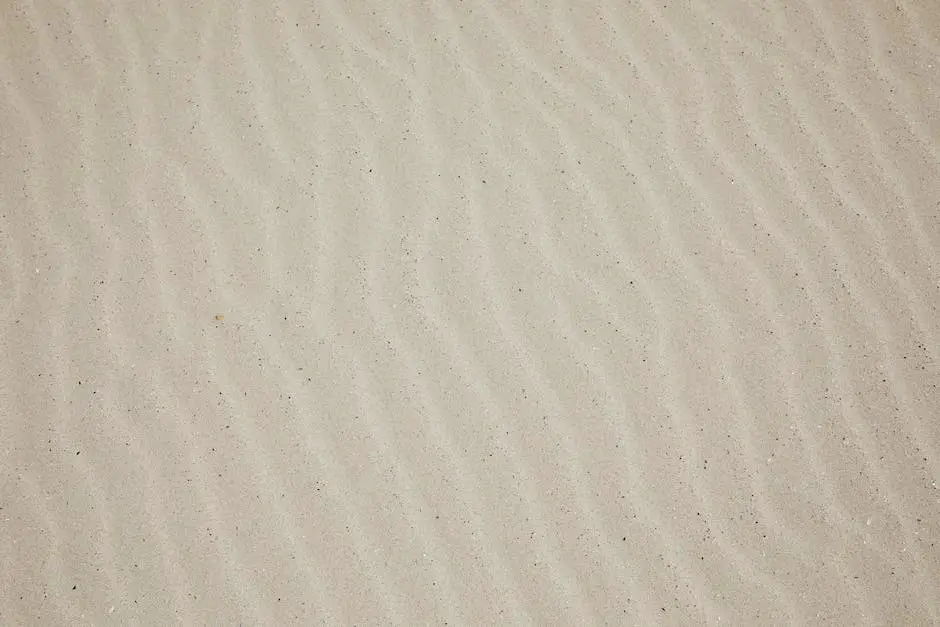
Exploring the Importance and Impact of Moho Layer
Delving Deeper into the Moho Layer
Lying beneath the Earth’s crust and marking the commencement of the mantle is the boundary known as the Mohorovičić discontinuity, or simply the Moho. It was initially detected in 1909 by the Croatian geophysicist, Andrija Mohorovičić. His observations concluded that seismic waves behaved differently both above and below this boundary, indicative of a dramatic change in the composition of the Earth at the Moho layer.
Moho Layer and Seismic Activities
This layer serves a crucial role in the study and understanding of seismic activities. The change in the seismic wave velocity at the Moho is due to the differentiation in the physical characteristics such as density and elasticity of the crust and mantle rocks. The depth at which the Moho is located varies globally, with an average about 7 kilometers beneath the oceanic crust and 35 kilometers beneath the continental crust. This variability in depths also contributes to understanding the various tectonic settings of the Earth.
Moho Layer’s Contribution to Earthquake Studies
When it comes to studying earthquakes, the Moho cements its importance even further. Earthquake-induced seismic waves, both compressional (P-waves) and shear (S-waves) travel at different velocities in different layers of the Earth. By observing their arrival times at the surface, one can obtain an accurate picture of the structure and depth of the Earth’s layers, including the Moho. This kind of analysis forms a significant part of seismology, aimed at predicting and understanding the mechanisms of earthquakes.
Role in the Earth’s Magnetic Field
Perhaps one of the lesser-known roles of the Moho is related to the Earth’s magnetic field. The boundary delineated by the Moho plays a role in influencing and reshaping the magnetic field, as observed in the magnetic anomalies. While the Earth’s global magnetic field is primarily generated in the outer core, the rocks in the crust and mantle, both above and below the Moho, bear residual and induced magnetism that modifies the magnetic field observed at the surface.
Value of Understanding the Moho Layer
The value of understanding the presence and role of the Moho cannot be understated. Through seismic studies, it helps us ascertain the physical characteristics and behavior of Earth’s crust and mantle. Furthermore, it helps unveil the Earth’s complex seismic and magnetic activities. Studies of the Moho contribute significantly to geology and geophysics, aiding our understanding of Earth’s processes, both natural and anthropogenic. Knowledge about this layer influences seismic hazard assessment, gives crucial insights for mineral and hydrocarbon exploration, and also provides a key to the history of tectonic evolution of the Earth.
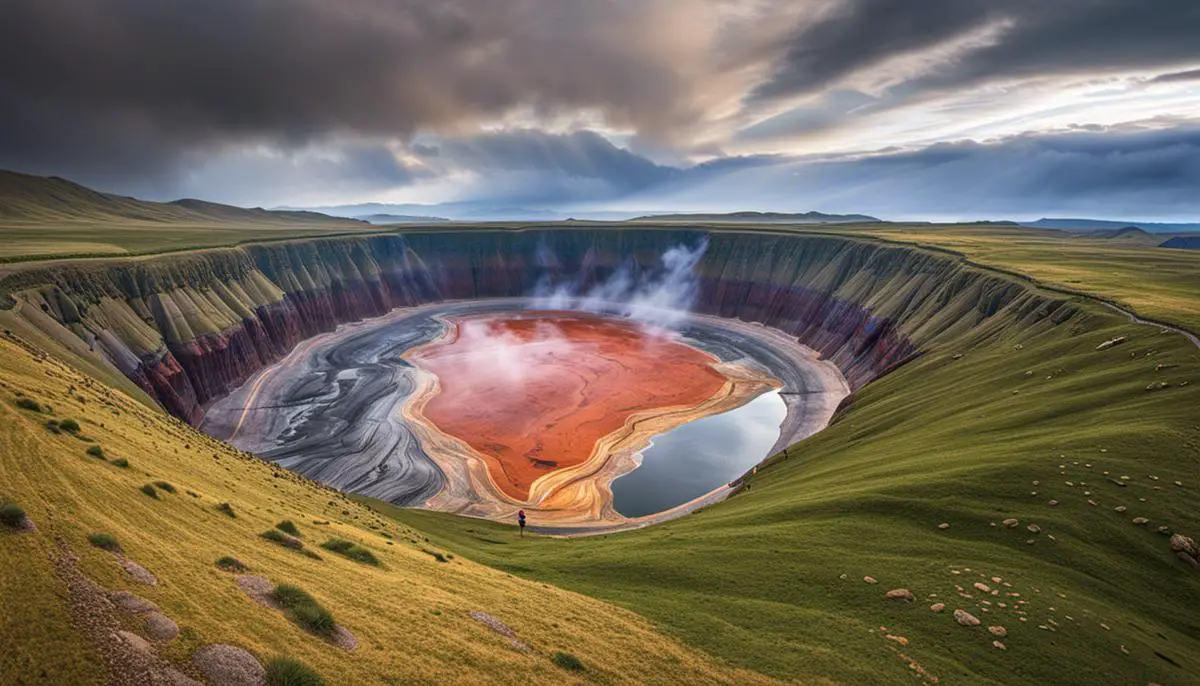
Unraveling the mysteries of the Moho opens a new dimension in comprehending the marvel that is our planet Earth. Its significant but covert presence within the Earth’s structure orchestrates seismic activities, contributing majorly to studies of earthquakes and further solidifies the tectonic plate theory. Not just that, the Moho’s role in Earth’s magnetic field is a topic of high interest to scientists. Despite the myriad challenges in exploring this deeply-embedded boundary layer, it is evident that unlocking further knowledge about the Moho not only enlightens our understanding of the Earth’s dynamic processes, but also potentially alerts us towards timely seismic activities. As our scientific technology progresses, one can only anticipate the wealth of knowledge we can accrue about this enigmatic layer known as the Moho.
FAQ
Has anyone reached the Moho?
At an average depth of roughly 35 kilometers (22 miles) below the Earth’s surface, the Moho is the line that divides the Earth’s crust from the mantle beneath it. The tremendous heat, pressure, and geological complexity that come with exploring those depths provide major hurdles. Few expeditions and scientific drilling projects have penetrated the topmost levels of the Earth’s mantle; instead, the majority of human exploration efforts have focused on the planet’s crust and surface. Future scientific and technological developments in the fields of geology and deep Earth research still have the distant aim of exploring the Moho.
Is Moho layer solid or liquid?
The Moho, also known as the Mohorovičić discontinuity, is a boundary layer that divides the mantle beneath the Earth’s crust. This layer is solid. The solid rock that makes up the Earth’s mantle below the Moho exhibits plastic behavior over geological ages, slowly flowing and convecting. Since seismic waves move more quickly through the denser, more rigid rocks of the Earth’s mantle than they do through the less dense, more brittle rocks of the crust, the Moho itself signifies a major change in seismic properties. One of the main characteristics that distinguishes the Moho as a border between the solid but more ductile layer underneath the Earth’s crust (the mantle) and the outer solid shell (the crust) is the difference in seismic properties and composition.
What is the significance of the Moho?
Moho, also known as Mohorovičić discontinuity, is an important geological and scientific feature. It marks the change from the solid but flexible mantle underneath to the brittle outer shell of the Earth, known as the crust, and acts as a crucial boundary within the structure of the planet. Knowing the depth and features of the Moho offers important insights about the composition of the Earth and geological processes. Seismic data and research on the Moho provide scientists with information about the movement of tectonic plates, the thermal history of the Earth, and the distribution of minerals and resources in the crust. Additionally, understanding the depth and changes of the Moho is crucial for a number of geophysical applications, such as the search for natural resources like minerals, oil, and gas, as well as for determining the danger of earthquakes and comprehending the dynamics of the planet’s interior. Essentially, the Moho acts as a basic boundary that helps to clarify the geological past and structure of our world.
Which two Earth layers are separated by the Moho?
The Earth’s crust and the underlying mantle are two of the basic layers that are divided by the Moho, short for the Mohorovičić discontinuity. This line denotes the separation of the Earth’s mantle, the underlying layer, from the outermost solid shell, or crust. Made up of solid rocks, the Earth’s crust is relatively thin compared to the mantle and contains the continents and ocean floors. The solid rocks in the mantle beneath the Moho can flow and change slowly over geological timeframes, resulting in phenomena like mantle convection, which is crucial in forming the Earth’s surface and propelling tectonic plate movements. Understanding the Moho’s differentiation is essential to comprehending the dynamics and geology of the planet, as it signifies a basic separation inside the planet’s structure.
![]()
